Superior Insulin Protection
Kita insulin travel case is designed to keep your insulin safe and effective during travel. Featuring an Insulin Pen Cooler and an pendingin perjalanan insulin, it ensures your medication stays at the optimal temperature. The insulin pen case is compact, durable, and easy to carry, making it the best choice for diabetics on the go.
All-in-One Convenience
This insulin travel case cooler is equipped with multiple compartments to store all your diabetic supplies. The insulin carrying case includes a cooler for insulin pen, which ensures your medication is always ready for use. It’s the best insulin travel case cooler available, providing both functionality and convenience.
Serbaguna dan Praktis
Kita insulin carrying case cooler comes with an insulin cool bag Dan insulin pouch for travel, offering versatile storage solutions. Whether you need an insulin cooling pouch atau sebuah insulin travel pack, this case meets all your needs, ensuring that you have everything at hand, no matter where you are.
Travel-Friendly Design
Designed for travelers, the insulin bag for travel is lightweight and compact, fitting easily into your luggage or handbag. This cooler for insulin pen maintains the right temperature, ensuring your medication remains effective throughout your journey. It’s the perfect solution for frequent travelers requiring reliable insulin storage.
Premium Quality and Durability
Made from high-quality materials, our insulin travel case is built to last. The sturdy design protects against impacts, while the insulated lining keeps your insulin cool. Trust in our insulin travel case cooler to provide the best protection for your insulin pens and other diabetic supplies.
Insulin Travel Cases
For individuals managing diabetes, the importance of maintaining the efficacy of insulin cannot be overstated. Insulin, a vital medication for many, is sensitive to temperature fluctuations and physical damage, which can compromise its effectiveness. This is where insulin travel cases become indispensable. These specialized cases are designed to protect insulin from temperature extremes, ensuring that it remains within the recommended temperature range, whether you are navigating the heat of summer or the chill of winter.
Insulin travel cases are not just about temperature control; they also offer robust protection against physical damage. The sturdy construction of these cases shields insulin vials and pens from accidental drops and impacts, which could otherwise lead to breakage or leakage. Moreover, these cases often come with compartments and cushioning that keep the insulin and other diabetes management supplies securely in place, reducing the risk of contamination.
The convenience offered by insulin travel cases cannot be overlooked. With dedicated sections for storing insulin, syringes, needles, and even glucose meters, these cases enable individuals to organize their supplies efficiently. This organization is particularly beneficial during travel, where easy access to diabetes management tools is crucial. Knowing that your insulin and other supplies are safely stored and easily accessible can provide significant peace of mind, allowing you to focus on enjoying your journey rather than worrying about your medication.
In essence, insulin travel cases are a critical investment for anyone using insulin. They combine functionality with peace of mind, ensuring that the medication remains effective and readily available, regardless of the circumstances. As we delve deeper into the various types of insulin travel cases and their features, it becomes clear that choosing the right case is a fundamental step in effectively managing diabetes on the go.
Types of Insulin Travel Cases
When selecting an insulin travel case, it’s crucial to understand the various types available on the market. These cases can be categorized based on features such as cooling capabilities, size, material, and additional functionalities. Each type offers distinct advantages and disadvantages to suit different needs.
Cooling Insulin Travel Cases: These cases are designed to keep insulin at a stable, cool temperature. They often use gel packs, ice packs, or advanced cooling technology. Popular brands include Frio and MedAngel. While these cases are effective for maintaining insulin efficacy, they can be bulkier and require periodic recharging or refreezing of cooling elements.
Compact Insulin Travel Cases: For those who prioritize portability, compact cases are an excellent choice. These cases are smaller, making them easier to carry in a purse or pocket. Examples include the Myabetic case and the Diabetic Supplies Organizer by USA Gear. However, their limited size means they may not offer as much protection or storage space for additional supplies.
Hard-Shell Insulin Travel Cases: Made from durable materials like plastic or aluminum, these cases provide excellent protection against physical damage. Brands such as Glucology and Medicool are well-known for their robust designs. While they are highly protective, hard-shell cases can be heavier and less convenient to carry around.
Soft-Shell Insulin Travel Cases: These cases, often made from neoprene or fabric, offer flexibility and lightweight design. They can accommodate various sizes and shapes of insulin pens and vials. Popular options include the Sugar Medical and the Insulpro case. The downside is that they may offer less protection against impact compared to hard-shell cases.
Multi-Functional Insulin Travel Cases: Some cases come with additional features like built-in glucometers, extra compartments for other medications, or digital displays for temperature monitoring. Brands like T1D Travel Kit and ChillMED provide such multi-functional cases. While highly convenient, these cases tend to be more expensive and can be bulkier.
By understanding the different types of insulin travel cases and their respective pros and cons, you can make an informed decision that best meets your needs, ensuring that your insulin remains safe and effective during travel.
Key Features to Look for in an Insulin Travel Case
When selecting an insulin travel case, it is crucial to consider several key features that can significantly impact both the safety and convenience of transporting insulin. One of the most important features is insulation quality. Proper insulation ensures that insulin remains at a stable, safe temperature, preventing it from degrading and losing its efficacy. Look for cases with high-quality thermal insulation to maintain the required temperature range, especially during long trips or in varying climates.
Portability is another essential feature. An insulin travel case should be lightweight and compact, allowing for easy handling and storage in bags or luggage. Portability ensures that users can carry their insulin supplies discreetly and comfortably, whether they are traveling across town or across the globe. Additionally, the travel case should have a secure closure mechanism to prevent accidental opening and spillage.
Durability is also a critical factor. A robust insulin travel case made from sturdy materials can withstand the rigors of travel, protecting the insulin and other supplies from physical damage. Waterproof and shock-resistant features can further enhance the case’s protective capabilities, ensuring that insulin remains safe and intact even in adverse conditions.
Ease of use is another feature that should not be overlooked. A well-designed insulin travel case should have compartments and organizers that allow for easy access to insulin pens, vials, needles, and other necessary accessories. Features like clear labeling, easy-to-open zippers, and designated slots for each item can make it simple to manage and retrieve supplies quickly.
Lastly, capacity is a vital consideration. The travel case should have adequate space to hold all necessary insulin supplies without being overly bulky. It should accommodate both short-term and long-term travel needs, providing enough room for multiple insulin pens or vials, as well as other essential items like alcohol swabs, glucometers, and spare needles.
How to Properly Store Insulin in a Travel Case
Proper storage of insulin is crucial to maintaining its effectiveness, especially when traveling. Insulin, whether in pens or vials, must be kept within a specific temperature range to ensure its potency. Ideally, insulin should be stored between 36°F (2°C) and 46°F (8°C). Deviation from this range can compromise its efficacy, making it critical to follow certain guidelines when using an insulin travel case.
First, before packing your insulin, ensure that the travel case you choose is well-insulated. This will help maintain the necessary temperature. Begin by placing your insulin pens or vials in the designated compartments of the case. Most travel cases come with specific slots or pouches designed to safely hold these items, preventing them from shifting during transit.
Next, incorporate ice packs or gel packs to keep the insulin cool. It is advisable to use packs that are designed for medical use, as these are typically more reliable in maintaining a consistent temperature. Before placing them in the travel case, ensure that the ice packs or gel packs are not frozen solid but rather chilled to avoid freezing the insulin, which can render it ineffective. Place these packs around the insulin, ensuring they do not come into direct contact with the vials or pens.
Be mindful of the environmental conditions that your travel case will be exposed to. Avoid placing the case in direct sunlight, as this can cause the internal temperature to rise quickly. Similarly, do not leave the case in extremely cold environments, such as a car during winter, which can also negatively affect the insulin. Always aim to keep the travel case in a stable, moderate environment whenever possible.
Additionally, it’s important to periodically check the temperature inside the travel case using a portable thermometer. This will help ensure that the insulin remains within the safe temperature range throughout your journey. Following these steps will help maintain the efficacy of your insulin, ensuring its readiness for use whenever needed.
Traveling with Insulin: Tips and Best Practices
Traveling with insulin requires careful planning to ensure the medication remains safe and effective. Whether you’re journeying by plane, car, or another mode of transport, these tips and best practices will help you manage your insulin effectively while on the move.
When traveling by plane, it’s crucial to understand the regulations surrounding insulin and related supplies. The Transportation Security Administration (TSA) allows passengers to carry insulin, insulin pumps, and other diabetic supplies through security checkpoints. However, it’s advisable to inform the TSA officer that you have diabetes and are carrying medical supplies. Documentation, such as a doctor’s note or a prescription label, can facilitate the process and prevent any misunderstandings.
Storage is another vital consideration. Insulin should be kept at a consistent temperature to maintain its efficacy. If traveling by car, use a specialized insulin travel case designed to keep the medication cool. These cases often come with built-in cooling elements or compartments for ice packs. For air travel, consider using a cooler bag with gel packs, but be mindful of security regulations regarding liquids and gels.
During long trips, it’s essential to monitor the temperature and avoid exposing insulin to extreme heat or cold. If staying in a hotel, confirm that a refrigerator is available in your room. For road trips, keep the insulin travel case in the cabin of the car rather than the trunk, where temperatures can fluctuate significantly.
In case of emergencies or delays, always carry extra insulin and supplies. It’s wise to pack more than you think you’ll need, as unexpected situations can arise. Additionally, having a backup plan, such as knowing the location of nearby pharmacies or hospitals, can provide peace of mind.
By following these tips and best practices, you can travel with insulin confidently and ensure that your medication remains safe and effective throughout your journey.
Maintaining and Cleaning Your Insulin Travel Case
Proper maintenance and cleaning of your insulin travel case are essential to ensure its longevity and hygiene. Regular care can prevent wear and tear, thereby extending the life of the case while keeping it sanitary for daily use. The maintenance and cleaning routine may vary depending on the materials used in the construction of the travel case.
For fabric-based insulin travel cases, it is advisable to clean them at least once a month. Use a mild detergent mixed with lukewarm water to gently scrub the surface. Avoid soaking the case entirely; instead, use a damp cloth to clean it. After cleaning, allow the case to air dry completely before using it again. Never use bleach or harsh chemicals, as these can damage the fabric and compromise its integrity.
Plastic or hard-shell insulin travel cases require a different approach. Wipe them down weekly with a soft cloth dampened in a solution of mild soap and water. Ensure that you thoroughly clean the interior and exterior surfaces, paying attention to any crevices where dirt might accumulate. As with fabric cases, avoid using abrasive cleaners or solvents, as these can cause scratches or other forms of damage. Additionally, disinfectant wipes can be used for a quick, thorough clean but should not contain alcohol, which can degrade plastic over time.
For cases with thermal insulation or cooling elements, it is crucial to ensure that these parts are functioning correctly. Regularly check the insulation for any signs of wear or degradation. If your case uses gel packs or cooling inserts, make sure to clean these with mild soap and water after every use and allow them to dry completely before refreezing.
Adhering to these maintenance and cleaning guidelines will help keep your insulin travel case in optimal condition, ensuring that it remains a reliable and hygienic companion for managing your diabetes on the go. Always refer to the manufacturer’s care instructions specific to your case model for the best results.
User Reviews and Testimonials
When evaluating the performance of various insulin travel cases, user reviews and testimonials provide invaluable insights. Real-world experiences often reveal details that specifications and marketing materials may overlook. For instance, many users have praised the durability and compact design of the FRIO Insulin Cooling Case. As one long-term user mentioned, “The FRIO case has been a game-changer for my travels. It keeps my insulin cool for hours without requiring any ice packs.”
However, not all reviews are glowing. Some users have noted that while the FRIO case is effective, it can be cumbersome to activate and dry out between uses. A critical review pointed out, “Though the FRIO case does keep my insulin cool, the process of reactivating it can be a hassle, especially during long trips.”
Similarly, the MedAngel ONE Smart Temperature Sensor has garnered positive feedback for its real-time temperature monitoring capabilities. One user shared, “The MedAngel sensor gives me peace of mind by alerting me if my insulin reaches unsafe temperatures. It’s a must-have for anyone who travels frequently.” Despite this, some users have expressed concerns about the app’s connectivity issues, which can be frustrating during critical moments. “The sensor is excellent, but the app sometimes disconnects, which makes me worry about my insulin’s safety,” noted a reviewer.
In contrast, the VIVI Cap1 has received mixed reactions. While some users appreciate its simplicity and effectiveness, others have raised concerns about its price point. A satisfied customer commented, “The VIVI Cap1 is straightforward and keeps my insulin at the right temperature without any fuss.” On the other hand, a critical review stated, “It’s a great product, but the cost is quite high compared to other options on the market.”
By considering these varied experiences, potential buyers can make a more informed decision when choosing an insulin travel case. Real-world feedback highlights both the strengths and weaknesses of each product, helping users find the best fit for their specific needs.
Conclusion and Final Recommendations
Choosing the right insulin travel case is crucial for individuals managing diabetes, especially when on the move. Throughout this guide, we have explored various aspects to consider, including durability, insulation, portability, and additional features. Your specific requirements and preferences should be at the forefront of your decision-making process.
For those prioritizing durability and insulation, the FRIO Insulin Cooling Case offers excellent performance with its water-activated cooling technology. If portability and compactness are more critical, the Medport Everyday Carry provides a sleek design without compromising on essential storage space.
If you require a case with ample storage for multiple insulin pens and supplies, the DISONCARE Insulin Cooler Travel Case is an excellent choice, combining utility with a robust cooling system. For a more versatile option that caters to both insulin pens and vials, the YOUSHARES Insulin Cooler Travel Case provides the needed flexibility.
Ultimately, the best insulin travel case is one that aligns with your unique lifestyle and medical needs. Prioritizing features that cater to your daily routines, travel habits, and specific insulin storage requirements will ensure that you make the most suitable choice.
We invite you to share your experiences or any questions in the comments section below. Your insights can provide valuable guidance to others in the diabetes community. Together, we can help each other navigate the challenges of diabetes management while traveling, ensuring a safer and more comfortable journey for all.

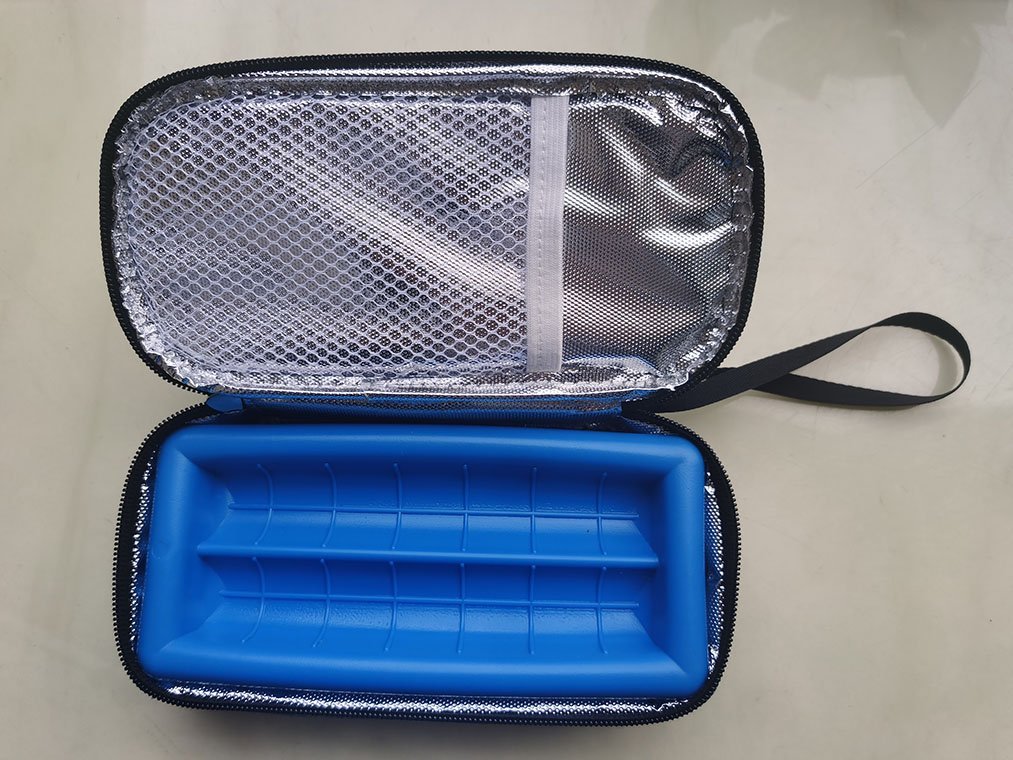
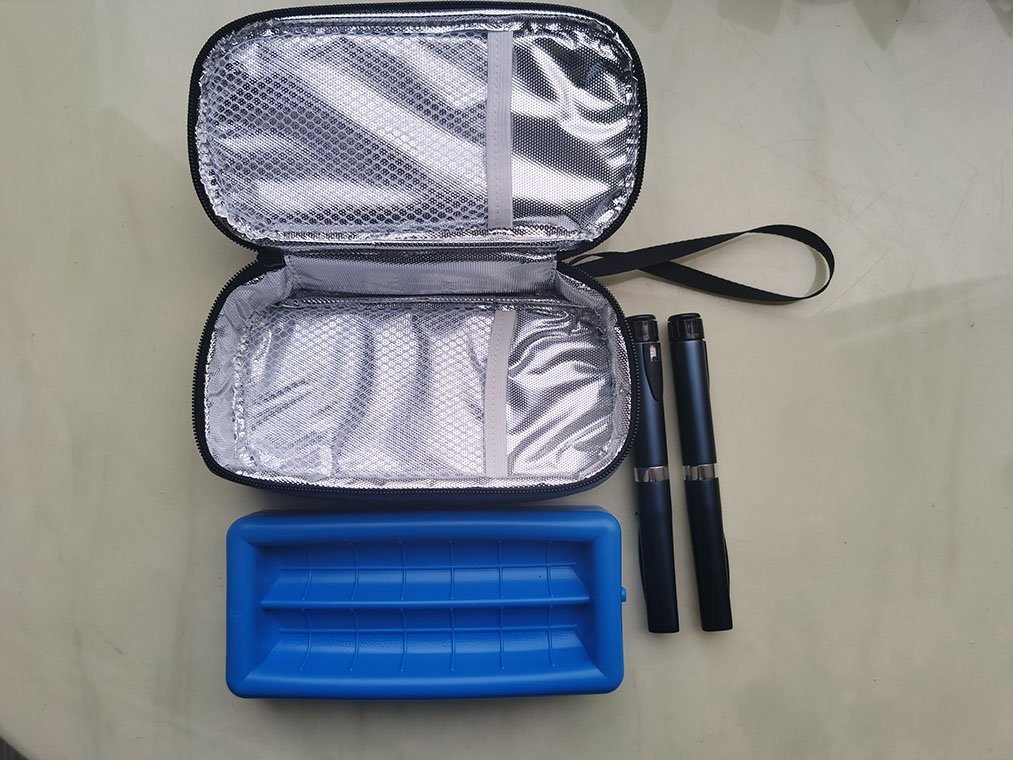




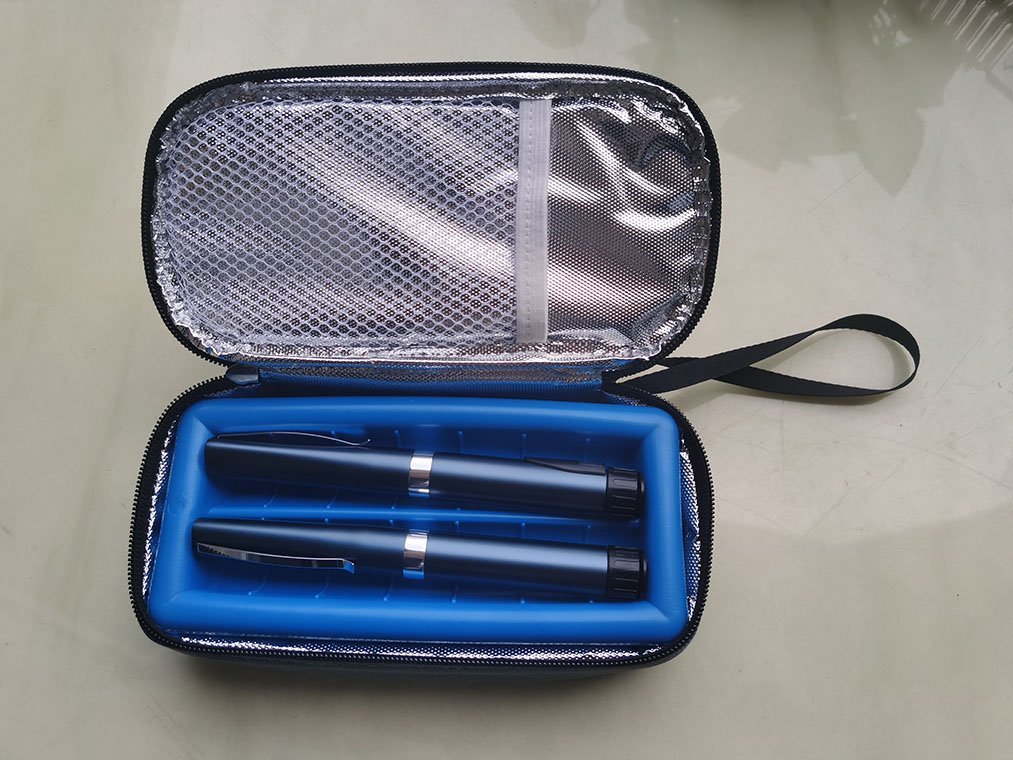
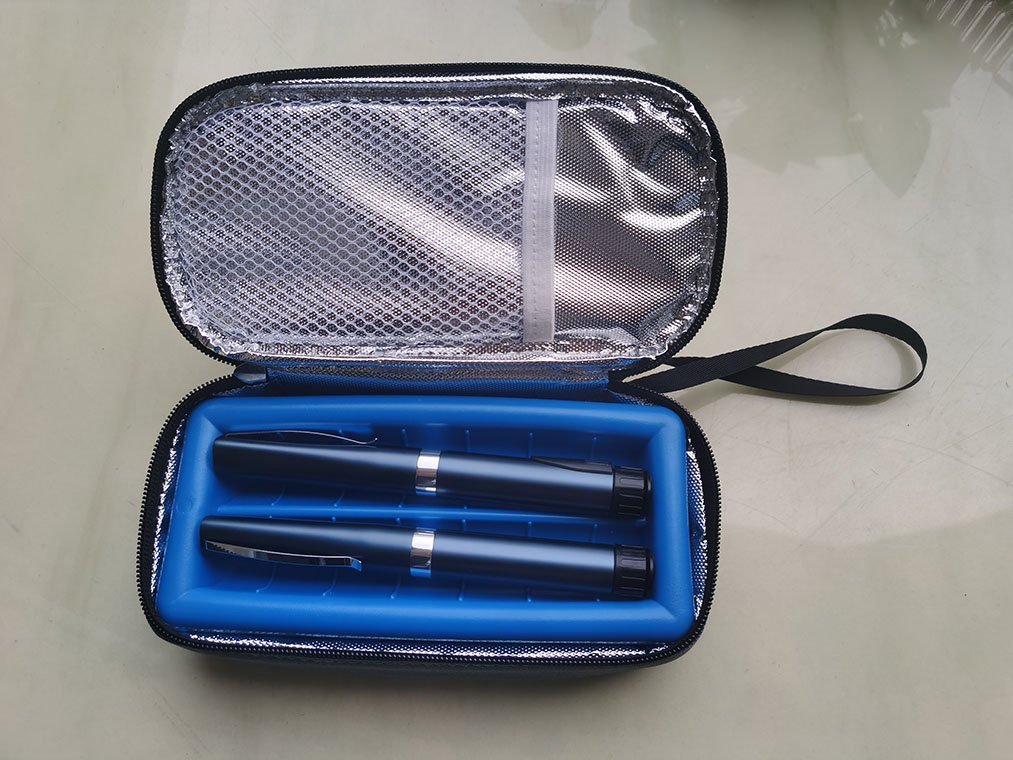
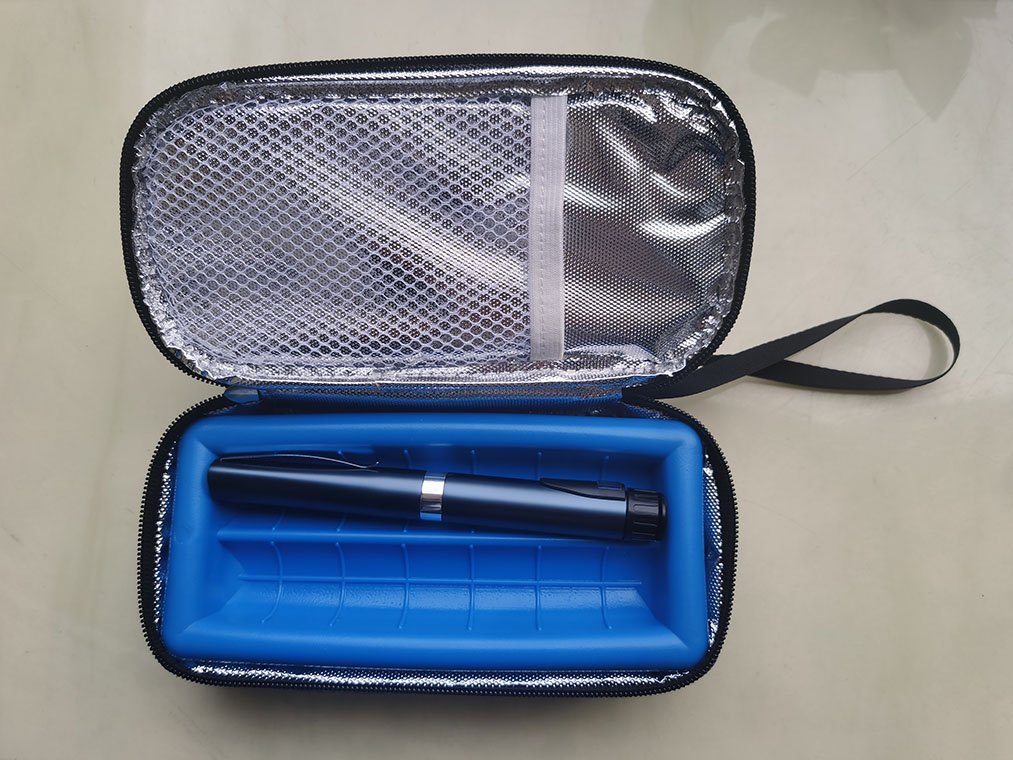
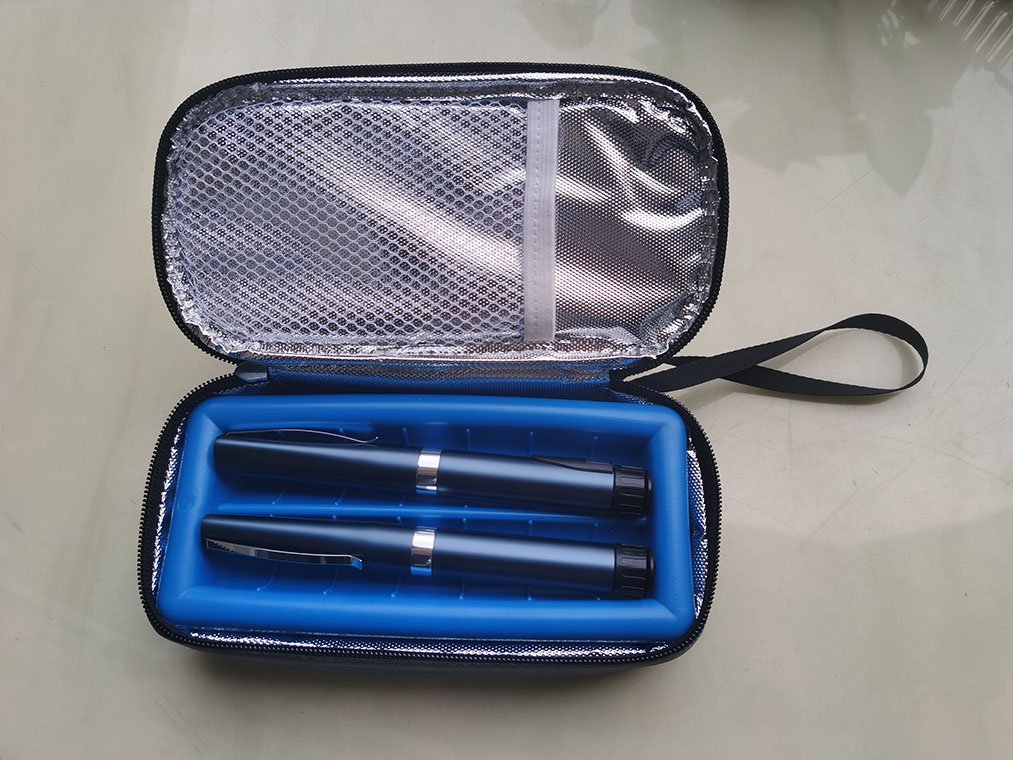
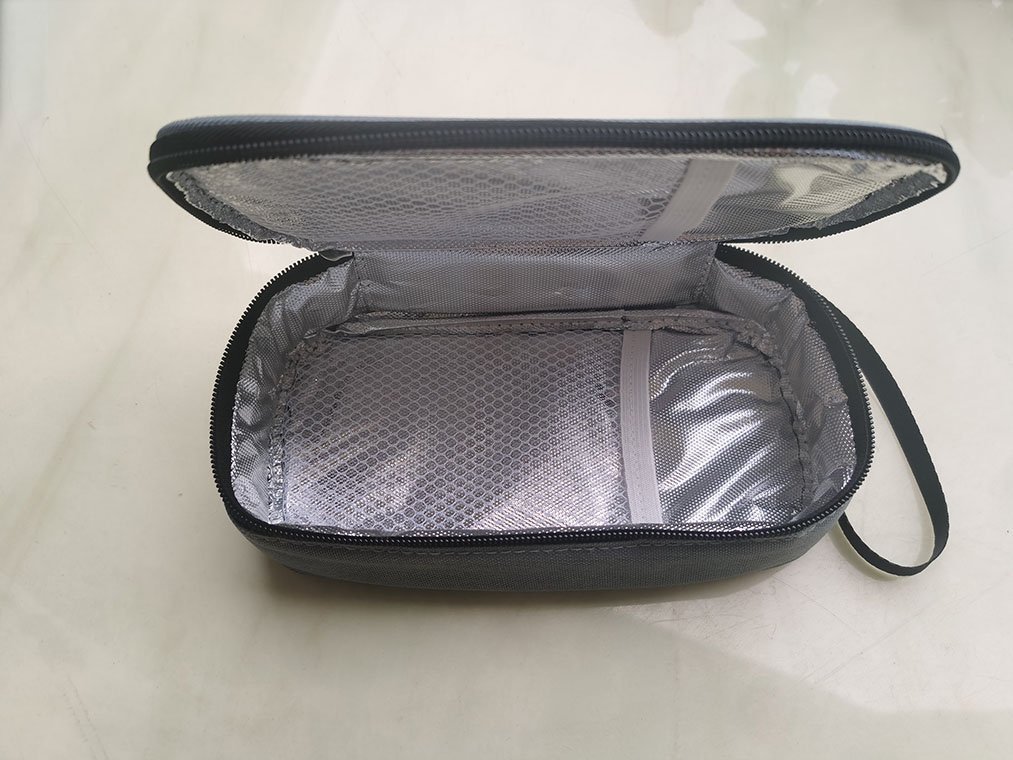


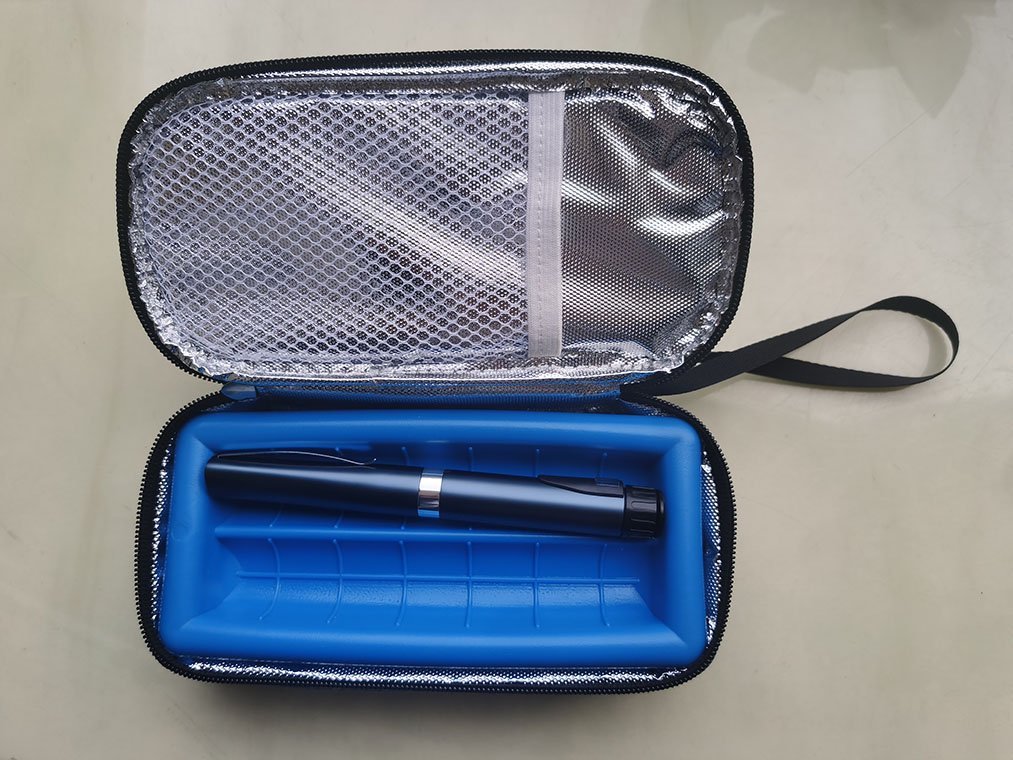

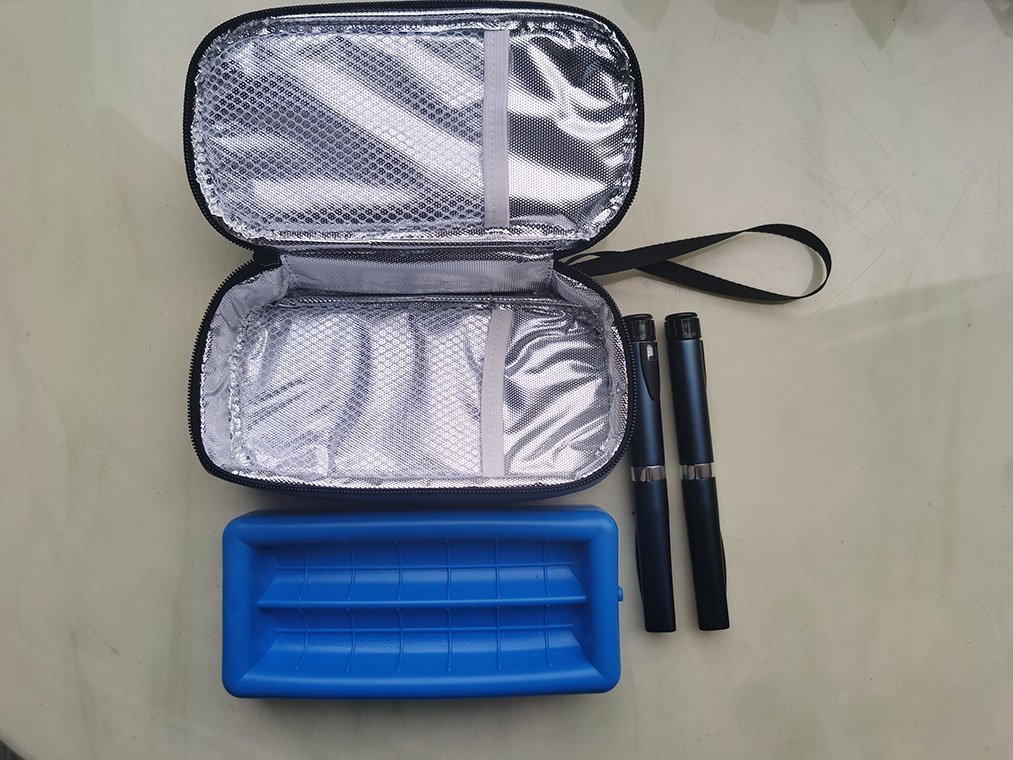
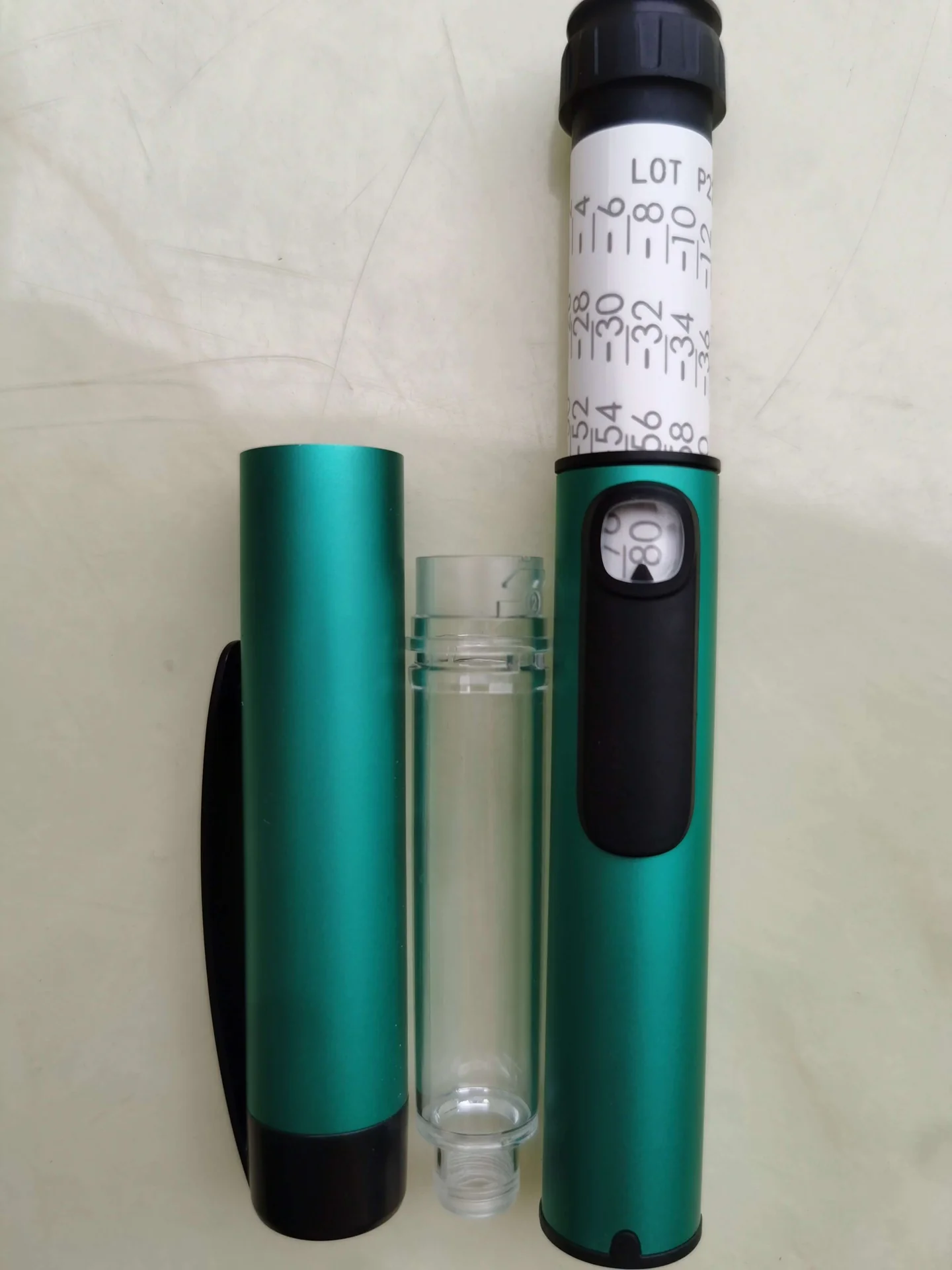








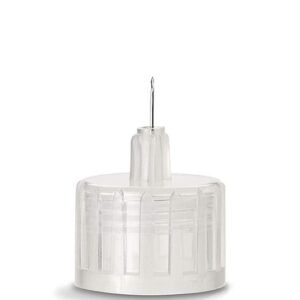
Ulasan
Belum ada ulasan.